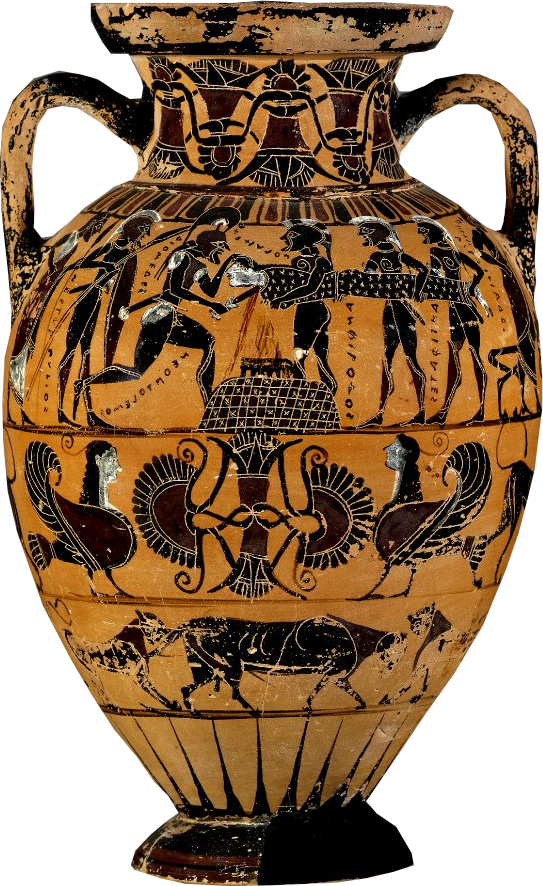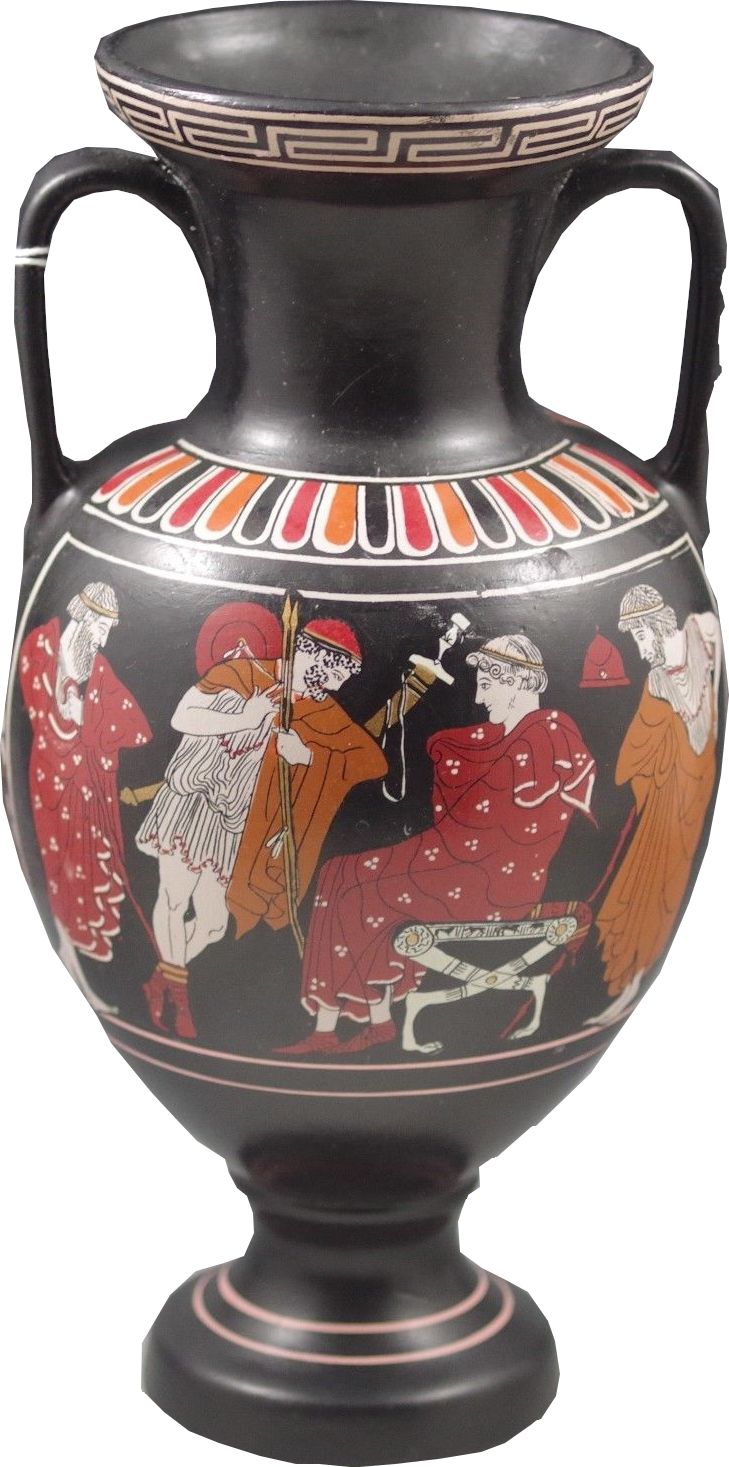Ancient Psychedelia: Alien Gods & Mushroom Goddesses
Online Book - Chapter 12, Page 246
Back to Online Book Mainpage / Next Page (Chapter 12, Page 247)
| One instance of this sacrifice is the killing of seven of Saul’s sons. All were hung on the mountain and put to death before god. In 2 Samuel we read: (9) He gave them to the Gibeonites, and they hanged them on the mountain before the Lord. The seven of them died together. They were put to death in the first days of gathering time, when the barley was ready to gather. (2 Samuel 21:9) This is where the idea of “sacrifice” got confused thoroughly, I believe. The death caused by Saul against the Gibeonites had to be repaid: (1) While David was king there was a time without food for three years. David went to the Lord. The Lord said, “It is because of Saul and his house of blood, for he put the Gibeonites to death. (2 Samuel 21:1) So what happened here was the fertility of the soil required bloodshed for bloodshed, according to the Hebrews in their mythos. However, the grandsons (seven of them) are hung on the mountain, kind of like Christmas stockings on clotheslines on the hill, if you will. A sacrifice took place to appease Jehovah. And this, I believe, is a part of the thread of the misunderstanding of the concept of sacrifice. The gods were sacrificed when they were eaten, and this led to visual pictograms of gods and human-like entities being splayed out over fire altars during the Hellenic Greek era. (85) There is a black-figured amphora showing the sacrifice of the Trojan princess Polyxene from 570-550 BC, on which is depicted an altar that is speckled and colored red like the A. muscaria mushroom, in which Polyxene is dressed in speckled garb (47g). On an amphora, an Athens museum replica, depicting the leaders of the Trojan War, we see the actual colors before dulling as they were intended as originally painted. Clearly, the dress of Polyxene is red with white spots (47h).   R: (47h) Leaders of Troy War Athens Museum Replica The term Cherub (Hebrew K’rubh) is believed to be derived from the Akkadian “karibu,” which is defined as an intermediary between men and the gods. (86) |
The idea of God riding in clouds is a very old concept that can be traced to many cultures and many authors have touched upon it. (87) Yahweh was also the “Rider in the Clouds,” “Who makest the clouds Thy chariot, Who walkest upon the wings of the wind, Who makest winds Thy messengers, The flaming fire Thy ministers.” (Psalm 104:3-4) Whether the Cherub is the cloud though, is a question to examine. Raphael Patai, in the Hebrew Goddess, seems to think so, however, I’m not so sure. In the following quote, it is apparent that if the Cherubim were the clouds, since clouds are mentioned, they would not have their own words describing them: (10) He mounted a cherub and flew; He soared on the wings of the wind. (11) He made darkness His hiding place, and storm clouds a canopy around Him. (12) From the brightness of His presence, His clouds advanced—hailstones and coals of fire. (Psalms 18:10-12) And in this section they are described as spreading their wings: (7) The cherubim spread their wings over the place of the ark and overshadowed the ark and it’s carrying poles. (1 Kings 8:7) The Cherubim therefore, must be something other than clouds. Something more akin to angels, which we will look at shortly. In the Habakkuk’s Prayer we read: “Were you angry with the rivers, Lord? Was your wrath against the streams? Did you rage against the sea when you rode your horses and your chariots to victory?” (88) Now, with wind, clouds, horses and chariots, the descriptive iconography is very much reminiscent of Hindu mythology and the hymns of the Rig Veda describing Indra. (89) Cherubim are described clearly as storm cloud angels in the following passages: (10) He mounted the cherubim and flew; he soared on the wings of the wind. (11) He made darkness his covering, his canopy around him— the dark rain clouds of the sky. (12) Out of the brightness of his presence clouds advanced, with hailstones and bolts of lightning. (13) The LORD thundered from heaven; the voice of the Most High resounded. (14) He shot his arrows and scattered the enemy, with great bolts of lightning he routed them. (Psalm 18:10-14) This passage perfectly describes the scene of God as a mushroom spore riding the clouds as a chariot of sorts, and following the thunder and lightning, shooting mushrooms arrows down onto the ground below, casting away demons of darkness and bearers of illness. (90) Notice also how we see the words arrows and lightning used to describe the same action and event. This provides support for the idea that arrows and lightning are the same. This brings up one step closer to the idea that they both represent mushrooms. (85) Sacred Mushroom, Allegro, p. 106 (86) Hebrew Goddess, p. 69; Cf. Entz Miqrait, s.v. K'rubh (87) Cf. Raphael Patai, haMayim (Water), Tel-Aviv, 1936, p. 107 (88) Habakkuk’s Prayer 3:8 (89) Hebrew Goddess, p. 72-73 (90) White Goddess, p. 91 |
Go Back to Page 245